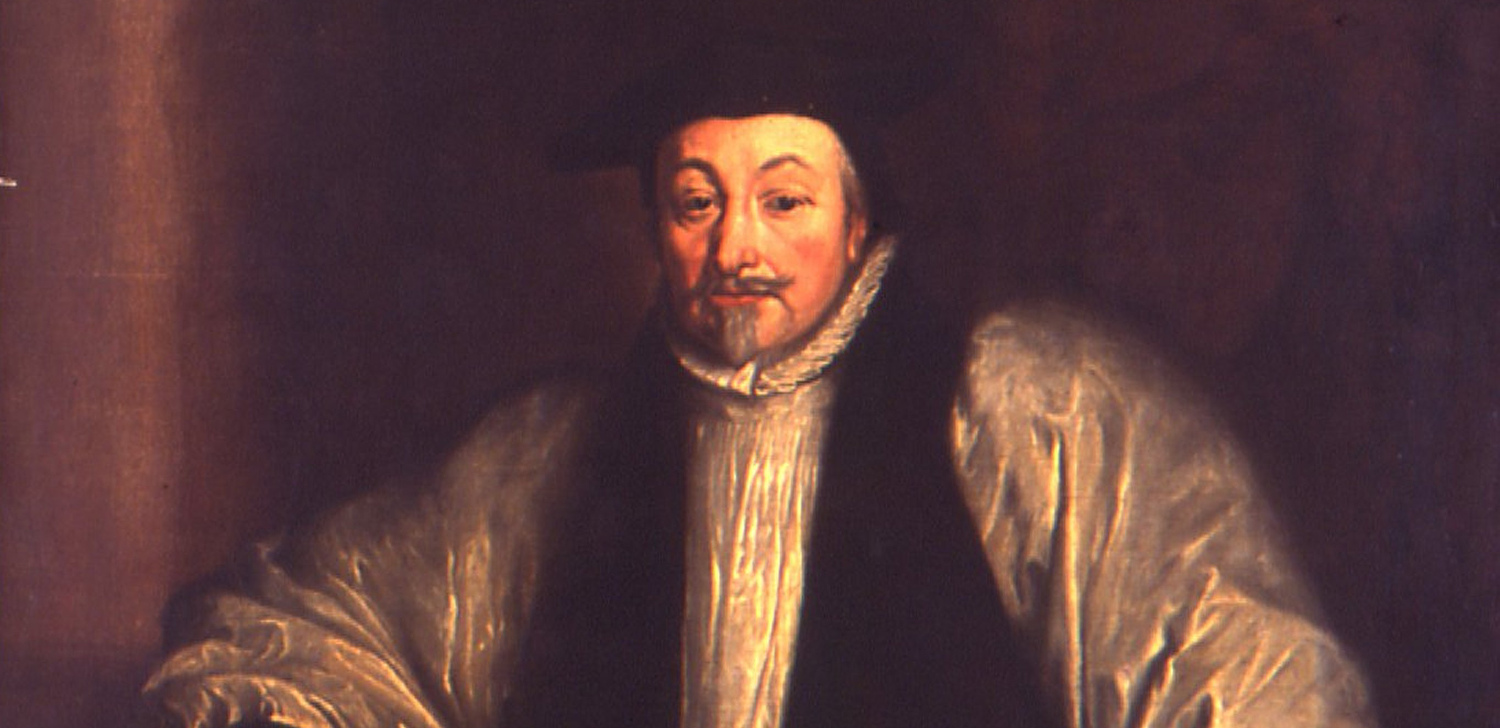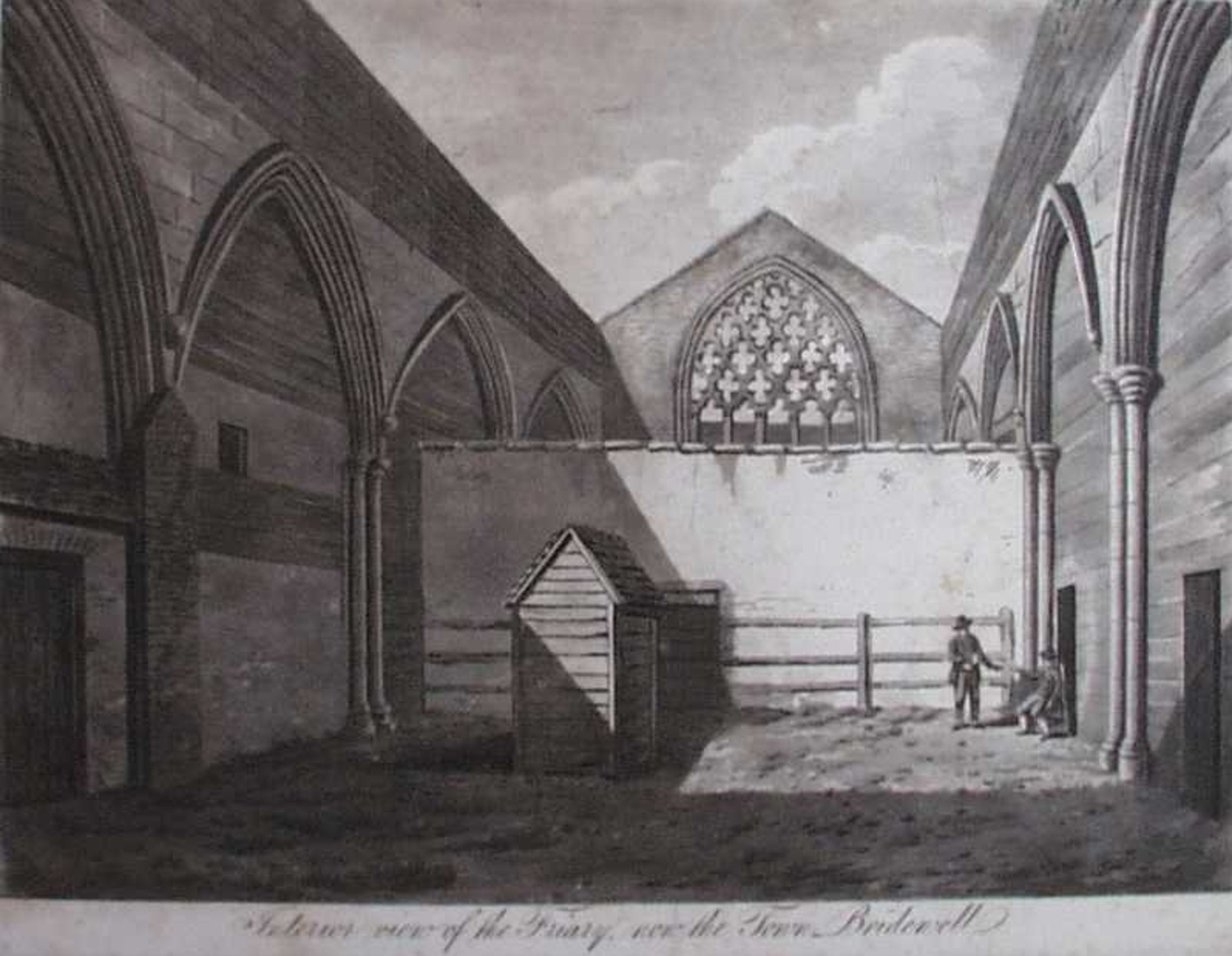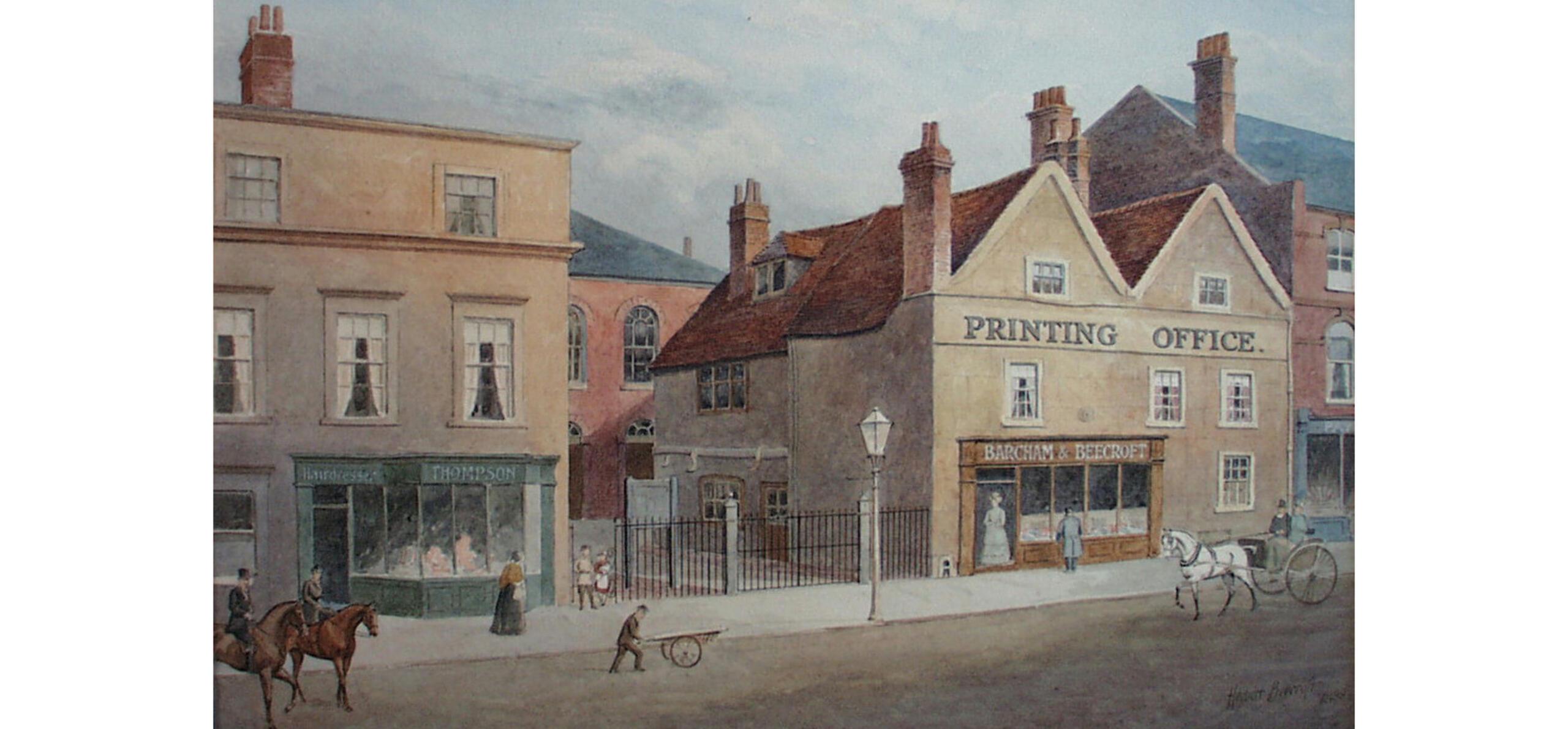A Great Street!
Broad Street and neighbouring Friar Street were laid out by Reading Abbey to create a better link with the centre of town. Broad Street’s old name is Great Street, meaning it was the most important street through town.
Digging deeper - Archbishop Laud
In the 1630s the rule of King Charles I became increasingly uncertain. His first minister, the Archbishop of Canterbury William Laud, was the most hated man in England. He was born in a house on Broad Street near where HSBC bank now stands in 1573.
Laud's reforms of the Church of England had brought him into conflict with the Puritans, and his support of the King had alienated many in Parliament. His opponents accused him of supporting the Pope. Laud complained ‘I have a very hard task, and God, I beseech Him, make me good corn, for I am between two great factions, very like corn between two millstones’.
He was imprisoned by the Parliamentarians in 1641 and held in the Tower of London. Laud was eventually tried in 1644 and found guilty of treason. He was spared execution by hanging, drawing and quartering, and was instead beheaded on Tower Hill, on 10 January 1645 at the age of 72.

William Laud (1573-1645), after Sir Anthony Van Dyck. This oil portrait is displayed at Reading Museum
Digging Deeper - Greyfriars
Nearby Friar Street was known as New Street back in the 12th century when it still was fairly new. When a friary was set up there in the early 14th century it became known as Friar Street. In 1543 the church of Greyfriars became the town’s guildhall. In 1578 it was used as a poorhouse and then a prison. The roofless nave of the church was divided into a areas for men and women, the north aisle on the right contained the cells. In the 1860s it was bought by a local clergyman, the Rev. William Phelps, restored and reconsecrated in 1863. It remains the best-preserved English Franciscan church.

Greyfriars in 1816, when it was used as a prison





